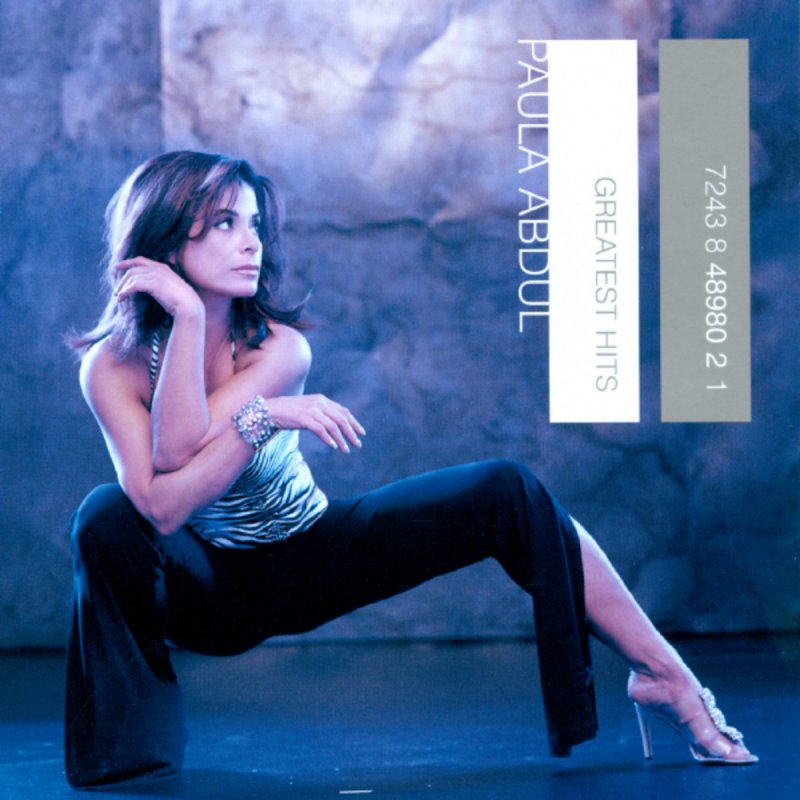
I think that’s especially true for Rosetta Stone. The lessons are very similar across all levels, and you’ll almost certainly find yourself bored at some point. Repetitiveīoth companies teach languages in a repetitive manner. But, as you reach higher levels, putting real effort into working on grammar can pay dividends. The people at Pimsleur have simply decided that teaching other things is more important.įor a beginner, it’s probably fine to not spend much time worrying about grammar. For Rosetta Stone, it’s pretty much impossible to explain grammar because everything is taught in the language you’re learning and with pictures. Grammar is mostly ignoredīoth Pimsleur and Rosetta Stone don’t touch on grammar much. But, they do both still have gaps that you’ll probably want to fill in with other resources. In this way, they do better than most other resources in guiding your learning. Concepts build on each other logically, and there are lots of opportunities to review what you’ve learned. Rosetta Stone’s teaching method uses lots of pictures Lessons are structured wellīoth companies have done a good job of designing the content in their courses - the structure of their lessons makes sense. In any case, if you’re already to the intermediate level, you probably won’t get much out of either course. They each have a different teaching approach, so you’ll end up with different strengths and weaknesses in your language skills, but we’ll get into that later. I can’t say exactly how far these programs will take you, but both courses finish somewhere around the intermediate level. There’s a good chance that Rosetta Stone teaches the language you’re learning, but if it doesn’t, Pimsleur’s even more likely to cover it.

Rosetta Stone teaches 25 languages, and Pimsleur has over 50 languages to choose from. Lots of languagesīoth companies offer courses in lots of different languages. She’s also choreographed movies like Big, Coming to America, Jerry Maguire, and American Beauty.How are Rosetta Stone and Pimsleur similar?Īside from being two of the most well-known names in language learning, there’s a lot that Rosetta Stone and Pimsleur have in common.Abdul didn’t fare as well with her third album, 1995’s Head Over Heels, but she reestablished her celebrity in the 21st century with stints on reality shows like American Idol, The X Factor, Live to Dance, and So You Think You Can Dance.1 singles: “Rush Rush” and “The Promise of a New Day.” In 1991, she released her sophomore album, Spellbound, which spawned two more No.1 singles on the Billboard Hot 100: “Straight Up,” “Forever Your Girl,” “Cold Hearted,” and “Opposites Attract.” 1 spot on the Billboard 200 chart for 10 weeks. Her 1988 debut album, Forever Your Girl, became the most successful debut album in history up to that point, holding the No.This would lead to Abdul choreographing many of Janet Jackson’s videos, including “Nasty,” “Control,” and “What Have You Done for Me Lately?” She was discovered at a game by The Jacksons, who hired her to choreograph their “Torture” video in 1984.While attending California State University, Northridge, she was selected for the Los Angeles Lakers cheerleading squad and quickly became the head choreographer. As a child, Abdul studied ballet, tap, and jazz.

Originally known as a dancer and choreographer, Paula Abdul emerged as a superstar pop singer in the late ’80s and early ’90s, notching six No.


 0 kommentar(er)
0 kommentar(er)
